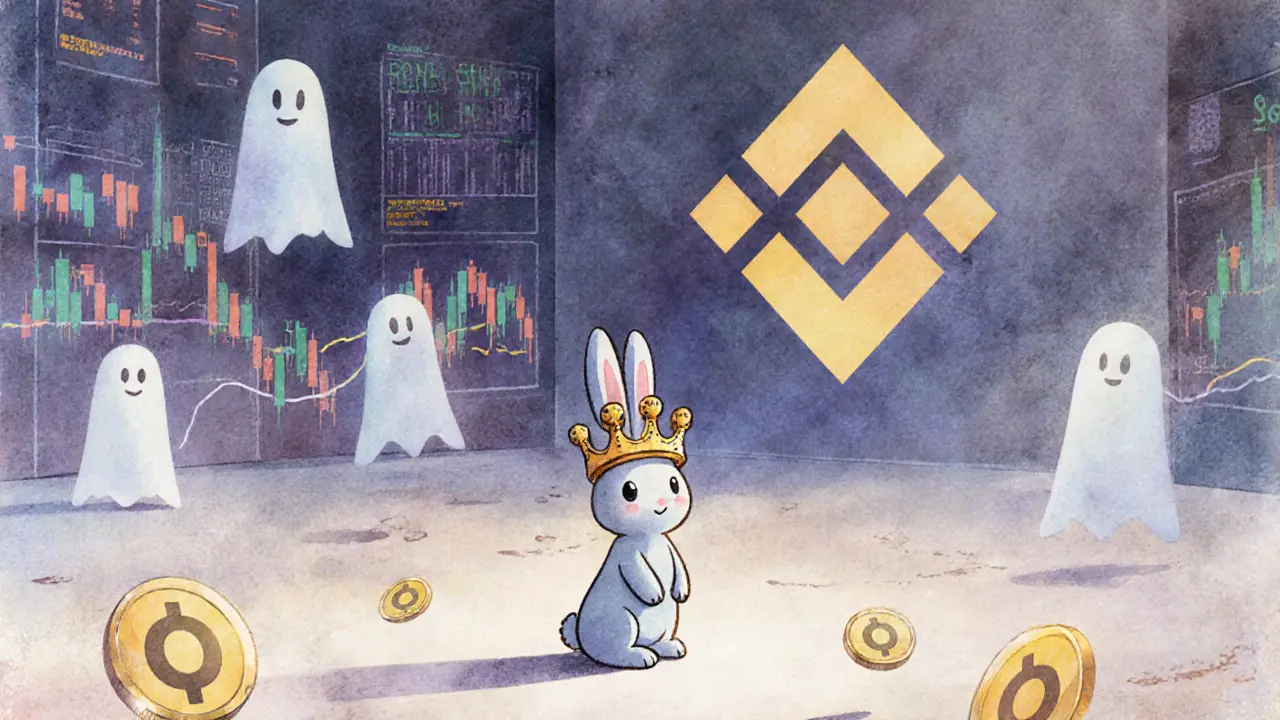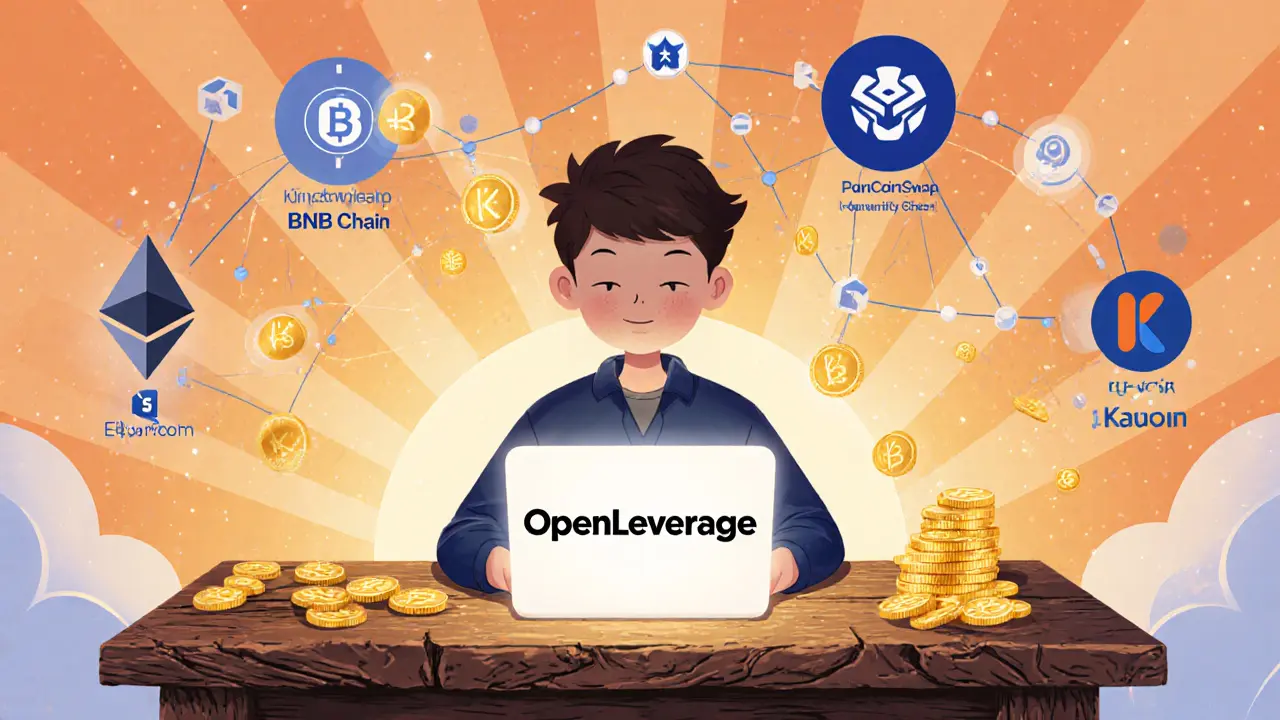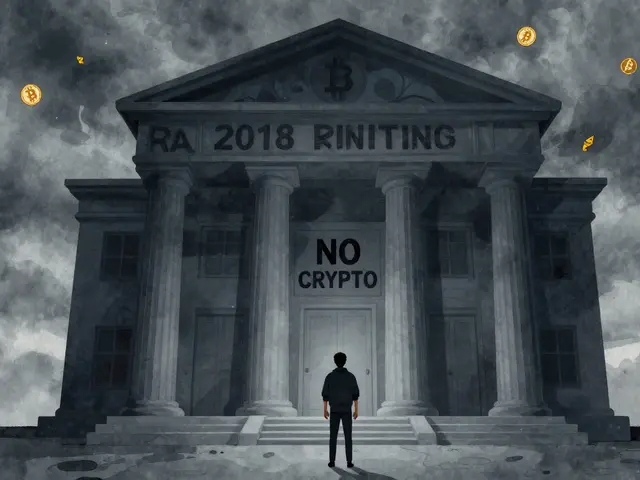Crypto Coin Overview
When talking about crypto coin, a digital asset secured by cryptography that enables peer‑to‑peer value transfer, you instantly step into a world that mixes finance, tech, and community dynamics. Airdrop, a distribution method where free tokens are given to users to boost awareness or reward early adopters is one of the fastest ways a new crypto coin gains traction, linking promotion to user acquisition. Mining, the process of validating transactions and creating new coins through computational work fuels the supply side, tying network security directly to economic incentives. Meanwhile, stablecoin, a crypto coin pegged to a stable asset like the US dollar to reduce volatility offers a safe harbor for holders who need price certainty while staying on‑chain. Finally, DAO treasury, the pooled funds of a decentralized autonomous organization managed through smart contracts relies on multi‑signature wallets to protect crypto coin assets, showing how governance and security intersect. In short, crypto coin crypto coin encompasses airdrop events, depends on mining for issuance, interacts with stablecoins for stability, and gets safeguarded by DAO treasury practices.
How These Elements Shape the Crypto Landscape
The relationship between a crypto coin and its ecosystem components is not random. Airdrops often target active community members, which boosts network effects and can spark organic growth. Mining, on the other hand, creates a measurable scarcity that can drive price appreciation, especially when energy costs and regulatory clarity vary across jurisdictions—a theme you’ll see in posts about mining‑friendly countries. Stablecoins act as liquidity bridges, enabling traders to move value without exiting the blockchain, a crucial factor when exploring cross‑chain swaps or DeFi yields. DAO treasuries use multi‑sig wallets to enforce collective decision‑making, reducing single‑point failures and aligning incentives among token holders. Each of these pieces influences the others: a successful airdrop can increase mining participation, stablecoin liquidity can attract more DAO funding, and secure treasury management can raise investor confidence in the underlying crypto coin.
Below you’ll find a hand‑picked collection of articles that dive deeper into each of these topics. From step‑by‑step airdrop guides and mining‑country rankings to stablecoin risk analyses and DAO treasury security checklists, the posts cover practical tools, real‑world examples, and emerging trends. Use them to sharpen your strategy, avoid common pitfalls, and stay ahead of the curve as the crypto coin space continues to evolve.
What is BNB BUNNY (BNBBUNNY) crypto coin? The truth about this low-cap token
BNB BUNNY (BNBBUNNY) is a low-market-cap crypto token with no connection to Binance. It has zero trading volume, no team, and no real use. Learn why this token is not worth buying.
OpenLeverage (OLE) Crypto Coin Explained - How It Works, Tokenomics & Risks
Learn what OpenLeverage (OLE) crypto coin is, how its margin trading protocol works, tokenomics, risks, and how to start using it-all in clear, simple terms.
Manga Token ($MANGA) Explained: The Crypto Coin for Manga Fans
Discover what Manga Token ($MANGA) is, how it works on Binance Smart Chain, its utilities for manga fans, market data, risks, and step‑by‑step guide to buying and staking.
Fly.trade (FLY) Coin: What It Is, How It Works, and Future Outlook
Explore Fly.trade (FLY) coin: its purpose, how the cross‑chain aggregator works, tokenomics, pros, cons, and future outlook for DeFi traders.








